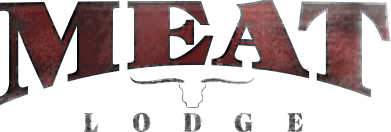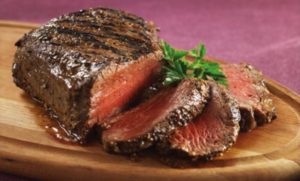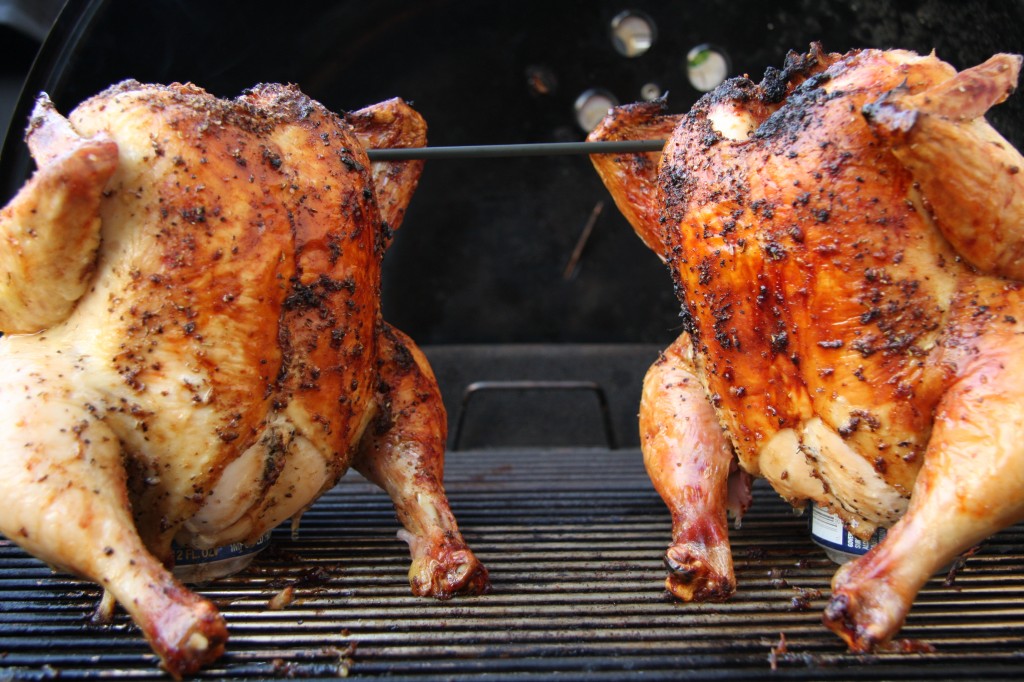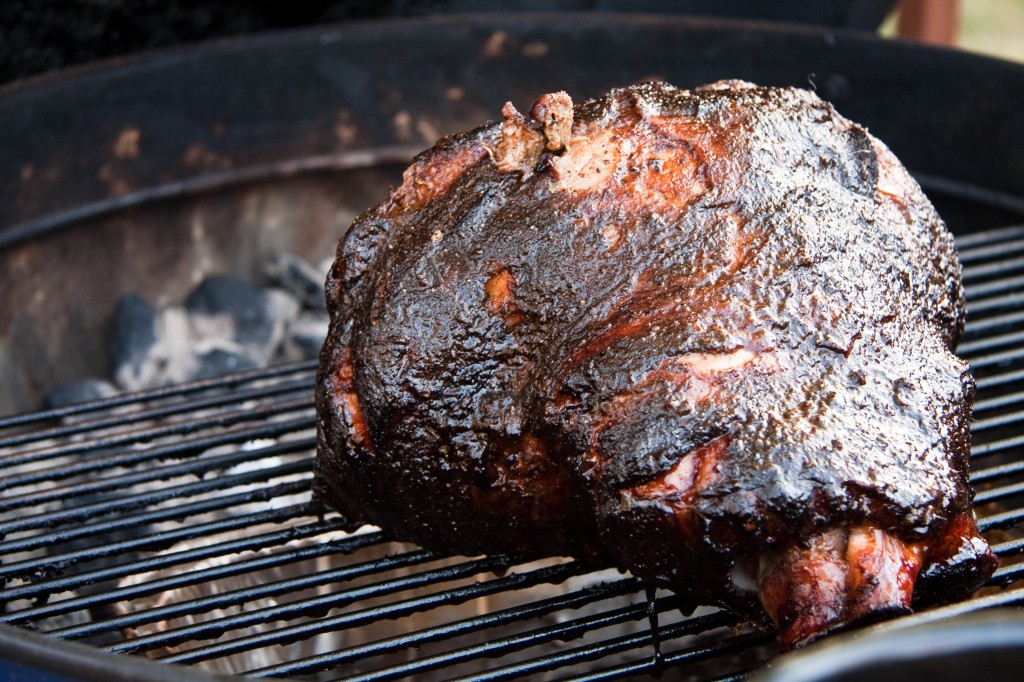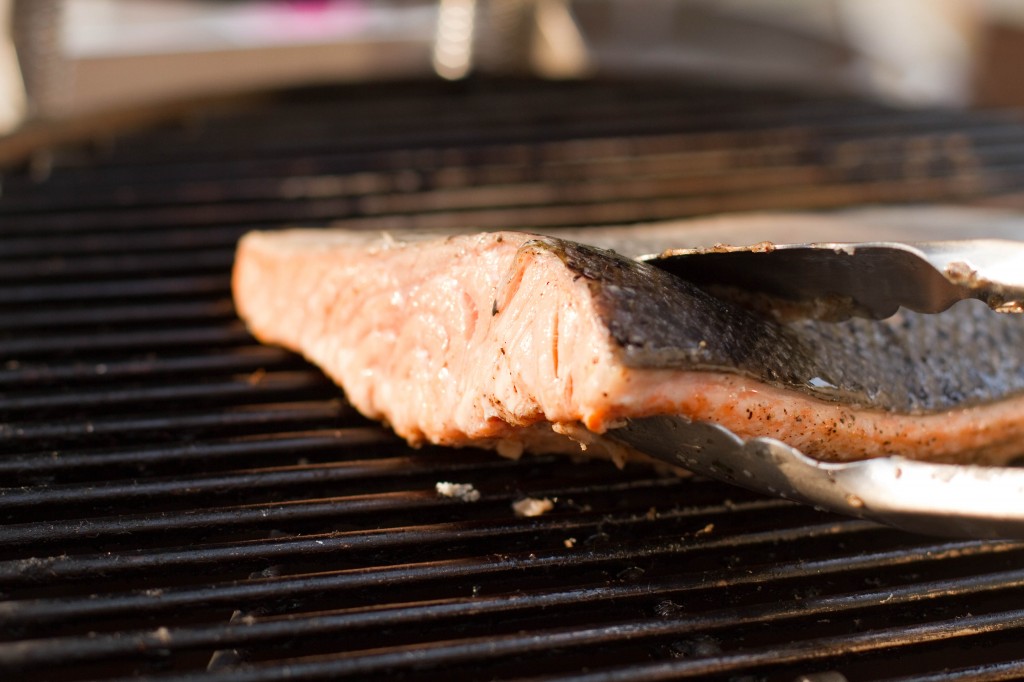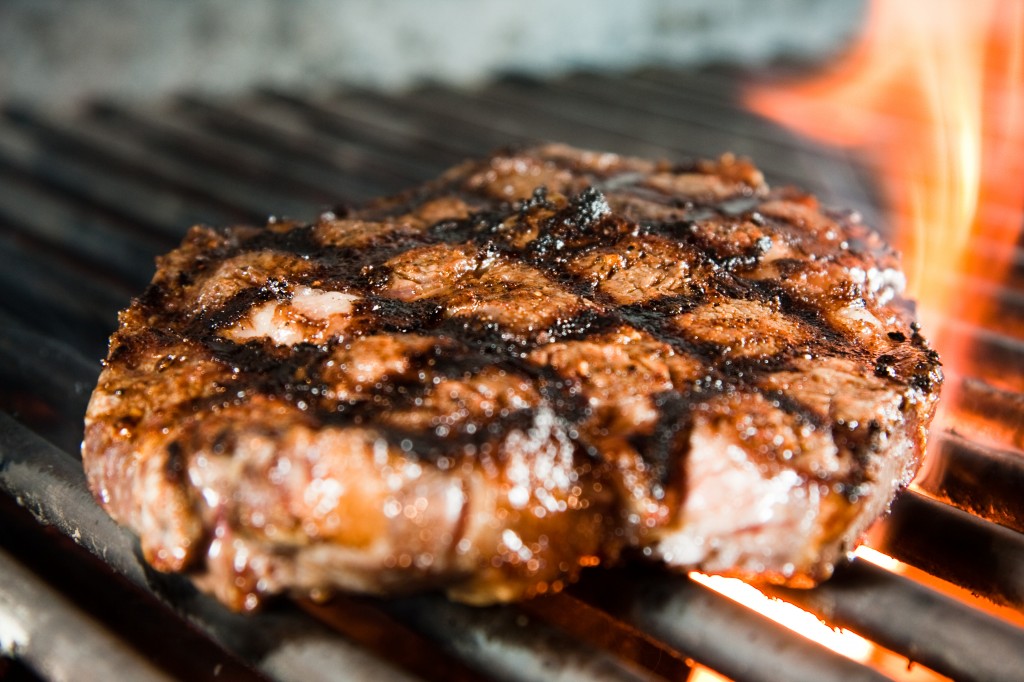Check out this awesome campfire recipe. Quick and Easy, and of course, delicious!
Campfire Chicken
Information
- Prep Time:30 Minutes
- Cook Time 2 Hours
- Smoker Temp 235 Degrees
- Meat Finish Temp 170 Degrees
- Smoking wood: Pecan
What you’ll need
- 4-6 Chicken quarters (Cooking good Leg quarters)
- Meat Lodge Cajun Rub
- Small red potatoes
- Baby Carrots
- 1-2 Large onions
- 4-6 ears of Colony sweet corn
- 1 package of Meat Lodge Ground Sausage
- 18-inch Heavy foil
Remove the Skin from the Chicken Quarters
Just get a good hold on it at the larger thigh end and pull it toward the leg and it will come clean off. I skinned four of these in just a minute or so.
Parboil the Carrots and Potatoes
Unfortunately, everything in the foil gets done before the potatoes and carrots get soft so you have a few options:
- Serve the vegetables crunchy
- Overcook the chicken while the potatoes and carrots get done
- Pre-cook the potatoes and carrots a little bit
Option number 3 is your best bet in my opinion and it’s super easy and can be done while you are skinning the chicken, making up the rub, etc.
Simply fill a pot with your potatoes and carrots and cover them with water. Bring the water to a boil and let it boil for about 5 minutes for small carrots and potatoes.
Note: some folks boil the water first then add the carrots/potatoes but it is ok in this instance to start everything together.
Pour the potatoes and carrots into a colander and run cold water over them to stop the cooking process.
They are now ready to use in the foil with everything else and they’ve been given a sufficient head start.
Prepare the Foil Packages
Place the skinned chicken onto the center of a piece of foil that is about 18×18 inches square.
Pile some sausage pieces, potatoes, carrots, a quarter of an onion and a half ear of corn around the chicken.
Sprinkle some Meat Lodge Cajun rub onto the chicken, sausage and vegetables.
Add a tablespoon of butter on top..
Roll up the edges of the foil around the meat and vegetables to form a bowl shape.
Be sure to leave it open for now to allow the smoke in
Get that smoker ready
Set up your smoker for cooking at about 240°F although it would not be unheard of to take it on up to 275°F or so if you need to get them done faster. Chicken handles high heat quite well.
Be sure to have enough Lumber Jack Peacon wood pellets ($12.99) for about 1 – 2 hours of smoke
Smoke the Campfire Chicken
Place the foil “bowls” of chicken, sausage and vegetables into the smoker and let them smoke away for about 1- 2hours.
After one hour, pull the foil together at the top and pinch it closed.
I recommend placing a probe from a digital probe meat thermometer into one of the pieces of chicken before closing it up so you will know when it is done. Chicken is safe to eat at 165°F but I like to take these chicken quarters just a few degrees higher to make them a little more tender. I shoot for 170°F on these.
Serve It UP!!!
Have plates already setting on the table with a single paper towel on the plate (to protect the plate from grease from the smoker grates)
When the chicken is done, lay a foil packet on each plate and call Dinner!
Comments:
- This could also be done with pork chops, meatballs, pieces of ham, etc. instead of chicken
- For even more flavor, brine the chicken for about 2 hours in a solution of 1 gallon of water, 1 cup of kosher salt and ¾ cup of brown sugar.
